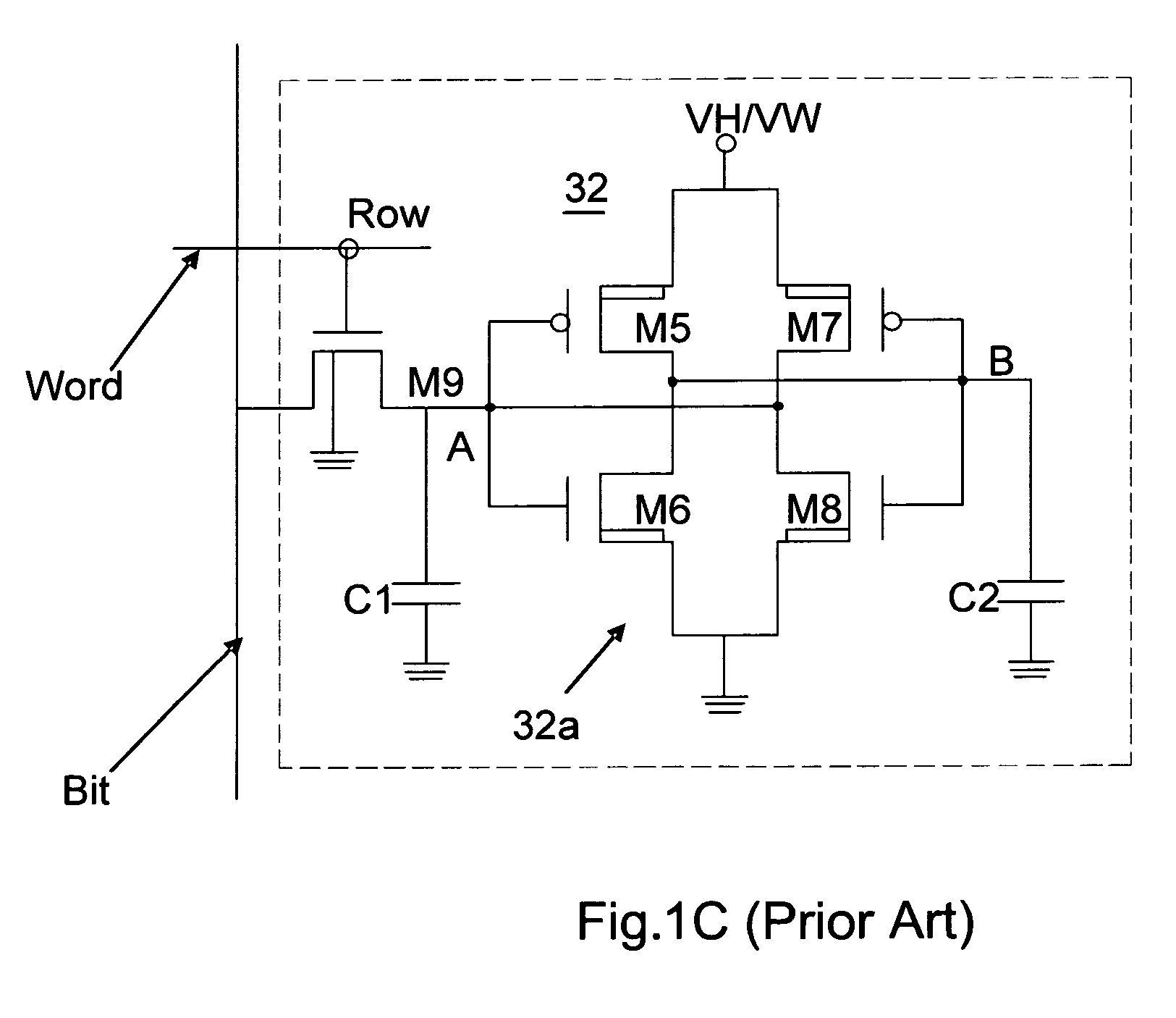Spatial light modulator and mirror device
a technology of spatial light and mirror device, which is applied in the field of spatial light modulator implementation of display apparatus, can solve the problems of affecting the quality of images, limiting the use of high-quality images, and limiting the quality of display, so as to improve the miniaturization and performance characteristics manufactured with a low production cost, reduce cost, and impact siz
- Summary
- Abstract
- Description
- Claims
- Application Information
AI Technical Summary
Benefits of technology
Problems solved by technology
Method used
Image
Examples
Embodiment Construction
[0076]The following is a description, in detail, of the preferred embodiment of the present invention with reference to the accompanying drawings.
[0077]FIG. 2 is a top view diagram showing a diagonal perspective view of a mirror device according to a preferred embodiment of the present invention in which the mirror device is incorporated in a projection system as a spatial light modulator.
[0078]The projection apparatus 100 including a spatial light modulator 200 according to the present embodiment comprises a control apparatus 300, light source 510 and projection optical system 520.
[0079]As shown in FIG. 2, the spatial light modulator 200 is configured to arrange, cross-wise in two dimensions on a substrate 214, a plurality of pixel units 211, each of which is constituted by an address electrode (not shown), an elastic hinge (not shown) and a mirror supported by the elastic hinge. In the configuration shown in FIG. 2, the pixel units 211 each comprising a square mirror 212 are arran...
PUM
 Login to View More
Login to View More Abstract
Description
Claims
Application Information
 Login to View More
Login to View More - R&D
- Intellectual Property
- Life Sciences
- Materials
- Tech Scout
- Unparalleled Data Quality
- Higher Quality Content
- 60% Fewer Hallucinations
Browse by: Latest US Patents, China's latest patents, Technical Efficacy Thesaurus, Application Domain, Technology Topic, Popular Technical Reports.
© 2025 PatSnap. All rights reserved.Legal|Privacy policy|Modern Slavery Act Transparency Statement|Sitemap|About US| Contact US: help@patsnap.com



